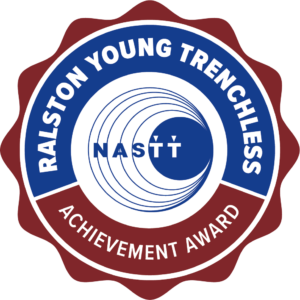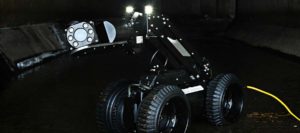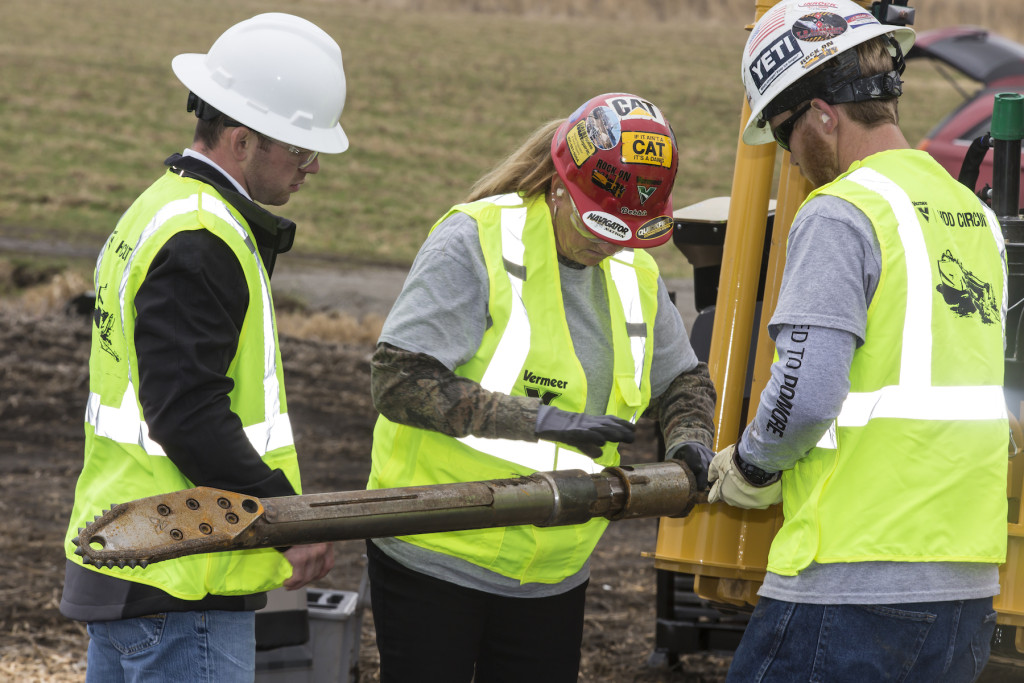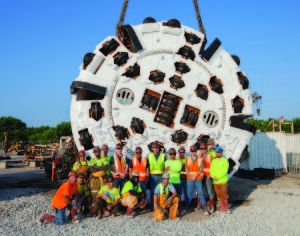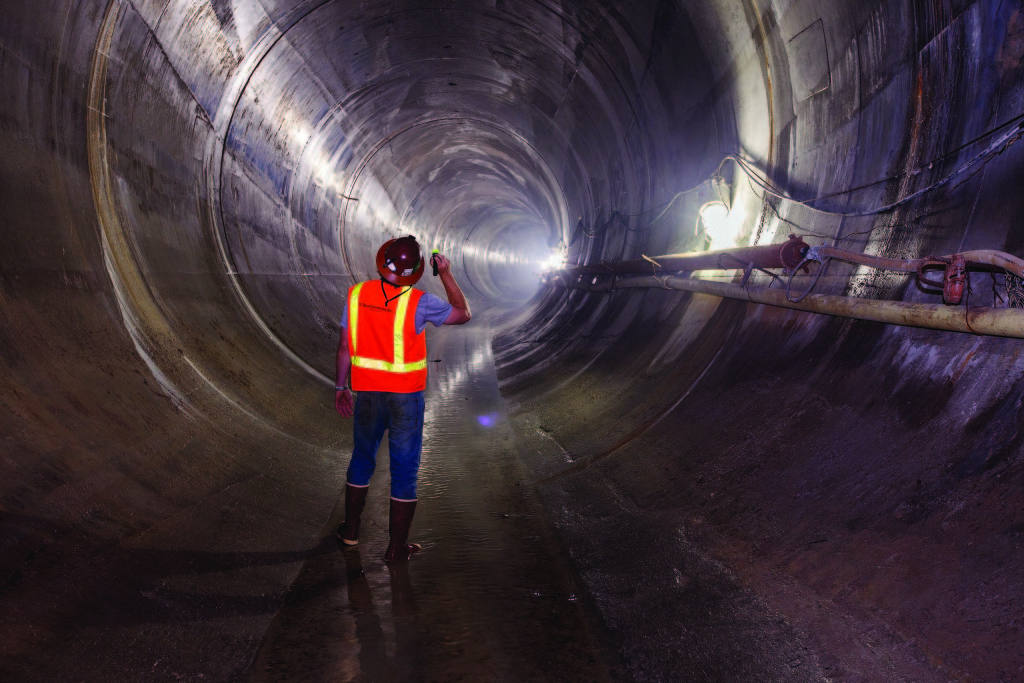Welcome New Members in February 2025
Welcome to the following new members of NASTT who joined in February! NASTT is ready for your fresh perspectives, expertise and energy. The NASTT trenchless community can’t wait to connect, collaborate and learn together!
 Group Corporate & Group Government/Utility Members
Group Corporate & Group Government/Utility Members
Big River Trenchless and GeoServices
Ferreira Construction Co., Inc.
Freese and Nichols, Inc.
Hoerr Construction Inc.
Landmark EPC, LLC
Montgomery Water Works & Sanitary Sewer Board
Oakland County Water Resources
Sewer Equipment Company of America
Village of Pleasant Prairie
Be sure to check out this list of more than 80 new individual members and then connect with them in the NASTT Member Connect Directory.
Individual Members
Alberto Abarca, Tetra Tech, Inc.
Hamidreza Allahdadi, University of Texas at San Antonio
Marcos Allende, Skava Consulting
Kevin Alspach, AECOM
Fadilat Amisu, Fadilat
Elvis Anthony, Wade Trim
Joseph Anthony, Enbridge Inc. – Corporate Head Office
Bivek Basnet, Louisiana Tech University
Colby Baxter, Freese and Nichols
Shelby Berke, Muller Engineering Company
Heath Bryant, Colonial Pipeline
Marc Carmody, CDS New Zealand Ltd
Matt Chambliss, Montgomery Water Works & Sanitary Sewer Board
Prashant Chavan, University of Texas at Arlington
James Corbin, CJGeo Contractors
Kaylee Craplewe, University of Alberta
farhad daneshgar, University of Texas at Arlington
Preet Desai, University of Texas at Arlington
Kiran Dhakal, Southern Illinois University Edwardsville
Stephen Driscoll, Muller Engineering Company
Rajendar Dubai, Arlington County Government
Karina Esquivel, The University of Texas Rio Grande Valley
Aileen Grecia Estrada, Universidad Nacional Autonoma de Mexico
Fatima Flores Almanza, City and County of Denver | Department of Transportation and Infrastructure (DOTI)
Grayson Fuller, Pond and Company
Gabriel Garcia, Haugland Group
Rahn Gentle, Montgomery Water Works & Sanitary Sewer Board
Frida Godinez Robles, Universidad Nacional Autonoma de Mexico
Olyvia Green, Burns and McDonnell
Hamdi Hamad, RS&H
Gantt Hartley, Montgomery Water Works & Sanitary Sewer Board
Liam Henderson, Apex Companies, LLC
Sheimberg Isaac, University of Massachusetts Lowell
Brent Johnson, CDM Smith Inc. – World HQ
Brad Jorgensen, Provo River Water User Association
Sahar Kamalou, Oregon State University
Brian Kelenc, Engineered Pipe Group
Ahmed Khedr, Concordia University
Ryan Leister, Hometown Septic Services Inc
Praneetha Lukka, University of Texas at Arlington
James Lupo, Colorado School of Mines
Elijah Megargel, Kleinfelder
Dylan Merlo, Woodard & Curran
Ayoub Mohammadi, University of Texas at Arlington
Delaney Morgan, Xcel Energy
Sireesha Mutnuri, University of Texas at Arlington
Rim Najmeddine, University of Texas at Arlington
Praneeth Chowdary Nelakuditi, University of Texas at Arlington
Nirakar Neupane, Southern Illinois University Edwardsville
Mark Neuroth, Stantec
Vu Nguyen, Pond and Company
Pranavi Ouppla, University of Texas at Arlington
Preyankkumar Parel, Enerinfra Private Limited
Stevie Parks, Las Vegas Valley Water District
Jaden Patel, Association of General Contractors
Vaibhav Patil, University of Texas at Arlington
Mohit Patil, University of Texas at Arlington
Honglai Peng, Georgia Institute of Technology
Franck Peng, Balsam Laboratory Company Ltd
Niveditha Pinamarukil Sunil, University of Texas at Arlington
Lola Preseren, Kent State University
Ruthvik Pulluri, University of Texas at Arlington
Preethi Rajashekar, University of Texas at Arlington
Sathish Ramasamy, Purdue University
Bryce Rogers, Louisiana Tech University
Sam Rowdon, CDS New Zealand Ltd
Nafisa Shafiullah, University of Texas at Arlington
Sharuk Shaik, University of Texas at Arlington
Fady Shweihat, Arcadis
Eswara Sistla, North American Society for Trenchless Technology
Nicholas Slowey, University of North Florida-College of Computing, Engineering and Construction
Andrew Taliaferro, CJGeo Contractors
Kyle Talmage, Montgomery Water Works & Sanitary Sewer Board
Ritika Talwar, CUNY
Giana Testa, Kent State University
Kayla Usko, Kent State University
James Vandervelde, Paragon Systems Testing
Carlos Vargas, Sewer Equipment Company of America
Amanda Waki, Fukunaga and Associates
Robert Weinert, Plummer
Mike Whitehouse, ISCO Industries – Headquarters
Samuel Wieland, Muller Engineering Company

